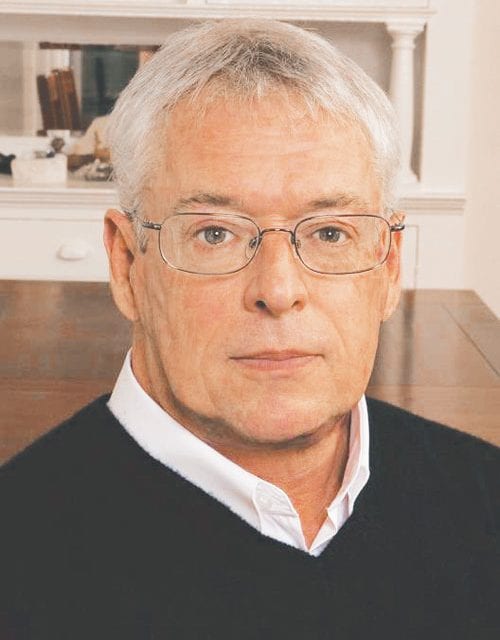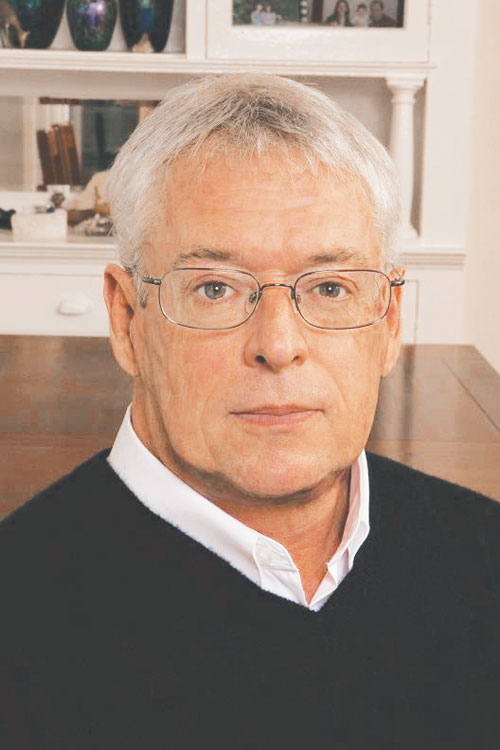Creator of the NAMES Project AIDS quilt learned lessons from Harvey Milk that he’ll share with Dallas this weekend at various events
Although the first cases of AIDS were recognized several years after Harvey Milk’s 1978 assassination, the murder and the creation of the NAMES Project AIDS Memorial Quilt are tightly linked.
Cleve Jones, who was a student intern in Milk’s office, came up with the idea for the quilt in 1985 during a memorial march on the anniversary of the city supervisor’s death.
Jones explained the history of the project on his cell phone as he sat in his car on Castro Street in San Francisco, not far from Milk’s camera store. He said parking in the city was precious so he was waiting for the street sweepers to come by so he could reclaim his space. As he sat in the middle of San Francisco’s iconic gay neighborhood, he described life there in the ’80s.
“In the Castro, we lost 2,000 people a year,” he said. “Almost everyone lived within eight blocks of where I’m standing.”
Jones will appear in Dallas on Oct. 5–6 at several events at Cathedral of Hope to talk about Milk, the quilt and other LGBT issues.
“You were very hard hit in Dallas, too,” he said.
He said he hadn’t been in Dallas in quite awhile and looked forward to returning to the city Milk called home for a short time.
Jones said he conceived the quilt as a way to remember all of the people who died after being shunned by their families because of the disease and because they were gay. After an annual march commemorating the anniversary of Milk and Mayor George Moscone’s murders, he came up with the idea. A number of people made posters with the names of friends who had died of AIDS.
“We went to the federal building,” he said, “and taped them all over the building.”
He said when he stood back and looked at them, it reminded him of the quilts his great grandmother made.
“It spoke to traditional family values,” he said.
So many people who died had no funerals because their families had rejected them. Others had funerals, but families barred friends and even partners from attending. He said the idea of a quilt was comforting and a way to remember.
Two years later, he made the first quilt panel for his best friend who had died of AIDS. It measured 3 feet by 6 feet, the size of a grave.
Today, the quilt has about 50,000 panels, weighs 54 tons and is the largest piece of American folk art in history. The last full showing of the quilt was in 1996 on the National Mall in Washington, D.C.
Not only was the idea for the quilt related to Milk, but so was the inspiration to turn it into a national memorial.
Jones described Milk as someone who has become mythologized.
“He was an ordinary man,” Jones said. “His personal life was in disarray and his financial situation was perilous.”
But he said the lesson from Milk’s life was that anyone can make a difference in their community.
“Everything he could do, they could do,” Jones said Milk taught the gay community.
And he said Milk’s exhortation to gays and lesbians to “come out, come out, come out,” also applied to people with AIDS. So much of the hurt during the AIDS crisis was a result of families ashamed that someone died of AIDS.
He compared that to today.
“There’s a new stigma for people living with HIV,” he said.
When he tells younger people about the number of deaths within the neighborhood, he said he gets a blank stare. Today, he said, there’s a new contempt for people who contract the virus.
“They must have known. They must be on meth. No excuse,” is what he said he hears.
He called those attitudes hurtful to the individual, to the community and contributes to its spread as people are less likely to access treatment and disclose their status.
Today, Jones does union organizing with Unite Here, which represents people in the hospitality industry. He said it was the first union to protect LGBT employees and push for full equality in its contracts.
A program he’s involved in called Sleep with the Right People is a partnership between the LGBT community and the union to educate the
LGBT community on the importance of unions and to build a working coalition between the two groups.
“Harvey was all about coalitions,” he said. “It was never, ever just about gay people. It was about racism, workers, kids, immigrants, seniors.”
Today, Jones may be best known as a character in the film Milk. He worked as a consultant on the film and was portrayed on screen by Emile Hirsch.
“He should have been taller,” Jones joked about Hirsch, but he said his mother loved the depiction of her son on the screen so he couldn’t have asked for more.
………………
Cleve Jones in Dallas
Oct. 5
11 a.m. Lambda Weekly, 89.3 KNON-FM
1–2:30 p.m. No Bull(horn) Conversation in the
Interfaith Peace Chapel $5.
5–7 p.m. Activism Matters cocktail
reception in the Interfaith Peace Chapel $40.
Oct. 6
Jones will speak at both morning services
at 9 a.m. and 11 a.m. at Cathedral of Hope.
This article appeared in the Dallas Voice print edition September 27, 2013.


